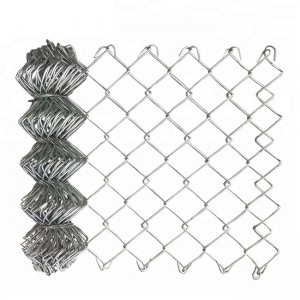How to treat the fence with anti-corrosion treatment?
The anti-corrosion treatment of wire mesh fence nets is generally divided into two types: one is dipping and the other is hot-dip galvanizing. The dipping treatment of the mesh of the fence is a plastic coating process. The dipping treatment is divided into hot dipping and cold dipping according to whether heating is necessary. According to the original data of the dipping, it can be divided into liquid dipping and powder. The corresponding processing is divided into liquid dipping processing and powder dipping processing. Cold dipping equipment is generally workshop type. Hot dipping is required to be heated all the year round. Generally small workshops use cold dipping and dipping. Can be divided into several colors: dark green grass green, color blue and so on.
The use of hot-dip galvanizing for the mesh of the fence is developed from the long-term hot-dip door path. It has a history of 140 years since France applied hot-dip galvanizing to industry in 1836. However, the hot-dip galvanizing industry has achieved large-scale development with the rapid development of cold-rolled strip steel in the past 30 years.
The production process of hot-dip galvanized sheet mainly includes: original board preparation → pre-plating treatment → hot-dip plating → post-plating treatment → finished product inspection, etc. According to the custom, the hot-dip galvanizing process is divided into two categories: out-of-line annealing and in-line annealing according to the difference of the pre-plating treatment diameter. The advantage of hot-dip galvanizing the fence is that it has a long anti-corrosion period, and adapting to the environment has always been a popular anti-corrosion treatment. Hot-dip galvanizing has a long anti-magic life, but the anti-magic life is different in different environments:
The principle of hot-dip galvanizing: clean the iron parts, then solvent treatment, immerse in the zinc liquid after drying, the iron reacts with the molten zinc to form an alloyed zinc layer, the process is: degreasing–water washing—pickling– Help plating-drying-hot dip galvanizing-separation-cooling passivation. The thickness of the hot-dip galvanized alloy layer mainly depends on the silicon content and other chemical components of the steel, the cross-sectional area of the steel, the roughness of the steel surface, the temperature of the zinc pot, the galvanizing time, the cooling speed, and the cold rolling deformation.
